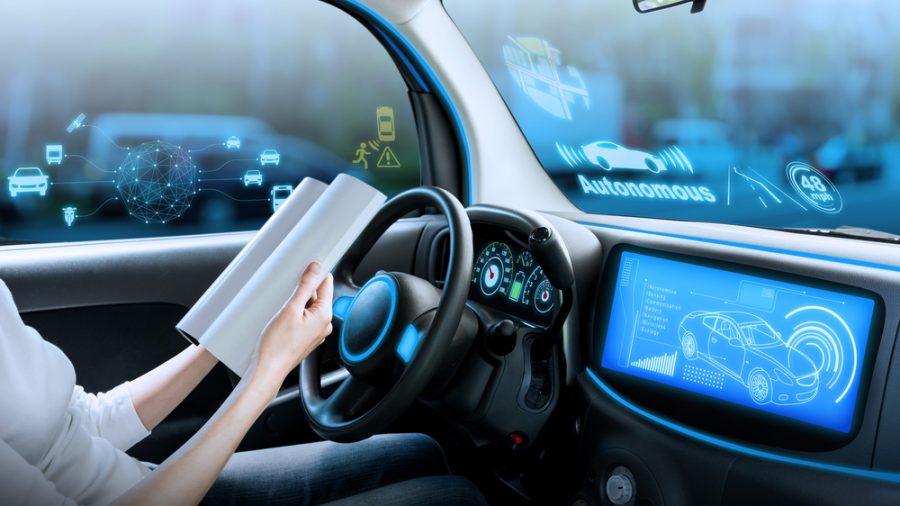There is a lot of hype about self-driving cars. Yet it may be unrealistic to expect a car to be able to drive itself without any human intervention in any conditions. At the same time, humans are incredibly good drivers. They quickly develop the skills they need and can adapt to all terrains and weather conditions. So will cars really be able to drive themselves one day?
Difficult to make forecasts
The boss of Waymo may have ruffled a few feathers when he said fully autonomous cars will never exist. By that, he meant level 5 autonomous cars, which can drive in any conditions on any road without human input.
HERE Technologies is more upbeat about them: they may exist in 30 years if the many environmental variables are managed. It’s a big IF.
The biggest promise about self driving cars is they will reduce accidents. But insurer, IAG, admits it is hard to forecast whether driverless vehicles beside traditional vehicles in a mixed fleet, will result in fewer accidents. The insurer says the risks are not understood.
Too much focus on the technology
It is easy to find articles about autonomous vehicle technology and all the clever things it can and will do. But there are very few about its wider effects and the impact it could have on people.
IAG says we should look at what effect AVs will have on road safety, cybersecurity, jobs growth, unemployment, financial markets, inflation or investment. To that list, we might add people’s sense of autonomy and privacy, and freedom to choose how they travel.
Meanwhile, vehicle technology is only part of the picture. A driverless vehicle depends on having the right environment to drive in, such as lane markings, mapped surroundings and thousands of sensors. It also depends on car-to-car communication so one car can let another car know about, say, a pothole. The environmental variables are too many to imagine.
Any city wanting to host driverless vehicles must have the infrastructure to support them, such as smart traffic lights and new road markings. All these demand massive funds and it is not clear who would provide them. The vehicle, no matter how well manufactured, can only function all over Australia if the infrastructure exists.
Different levels of driverlessness
Levels of driverlessness – from Level 1 to 5 – are causing practical difficulties. Ford claimed in 2016 it did not know how to “responsibly manage” transfer of control from machine to driver and decided to skip Level 3 altogether. Waymo and Audi followed suit.
Now Ford says it will take a more gradual approach to automation, knowing it will take people a long time to adapt to each change. Not only that, manufacturers will have more time to learn each step of the way what works and what does not.
Connectivity between vehicles, traditional or autonomous, has already begun for the collection and sharing of share data. While it is part of the move towards autonomy, the technology can be used in other ways. Data captured can include where you are, in-car camera footage, places you go often, favourite cafes, music choices, air conditioning settings and fingerprints. See Why driverless cars are not really autonomous.
Obvious limits
Mercedes says autonomous cars will have to be designed and engineered for certain regions only. They will not be able to operate in all areas. For example, what works in a city will not work in the country. What works in the desert would not work in the mountains. Every city and town in the world has its own conditions and infrastructure and, to cover all cases would be impossible.
The CEO of Waymo said it is unlikely autonomous vehicle sensors will work in rain or snow. He says developing AVs is “really, really hard” (understatement of the year).
Nobody has yet wondered: Isn’t it strange that humans can already drive in all types of vehicles, in all cities and towns, in all weathers, and can anticipate and respond quickly to sudden happenings? Humans have very little trouble with thousands of environmental variables.
Do we really think AVs will be on the roads in the next 10 years? As Dad said in The Castle, “Tell him he’s dreamin'”.


your opinion matters: